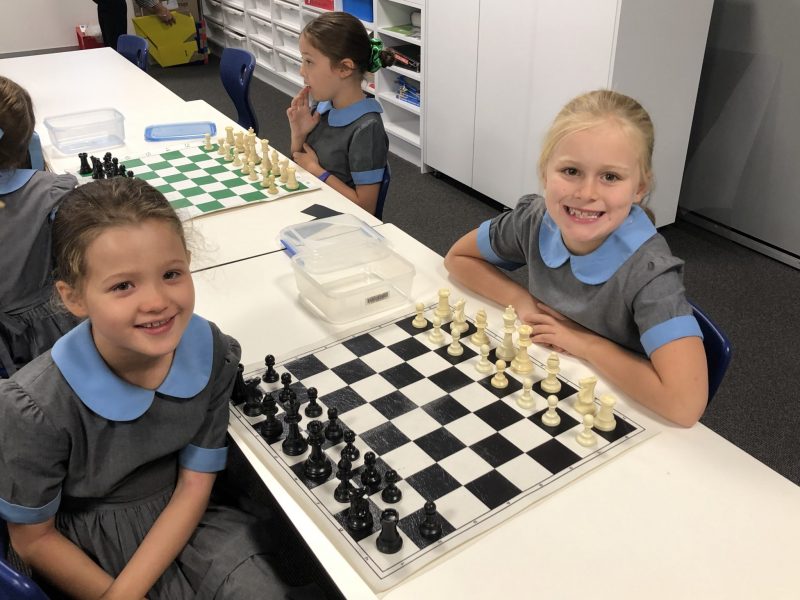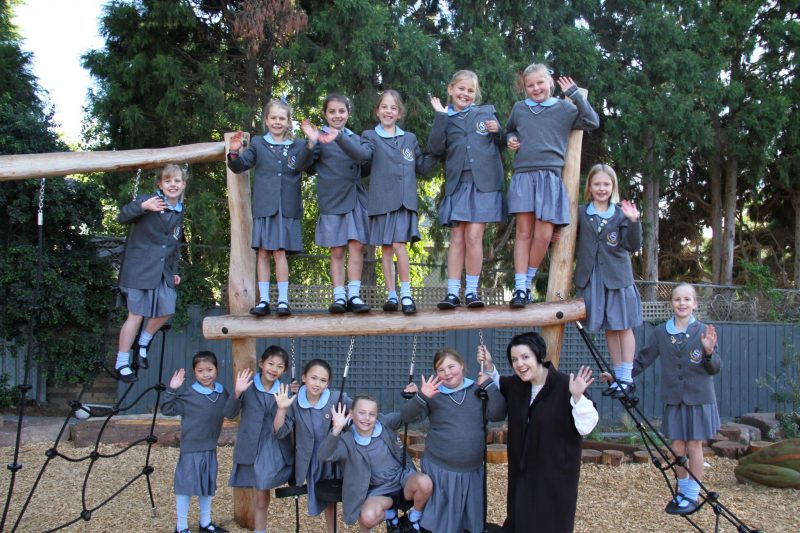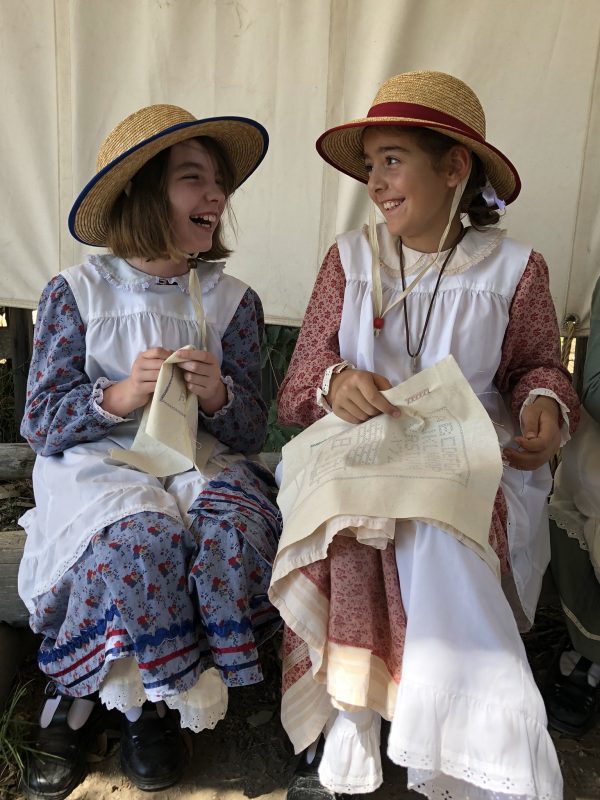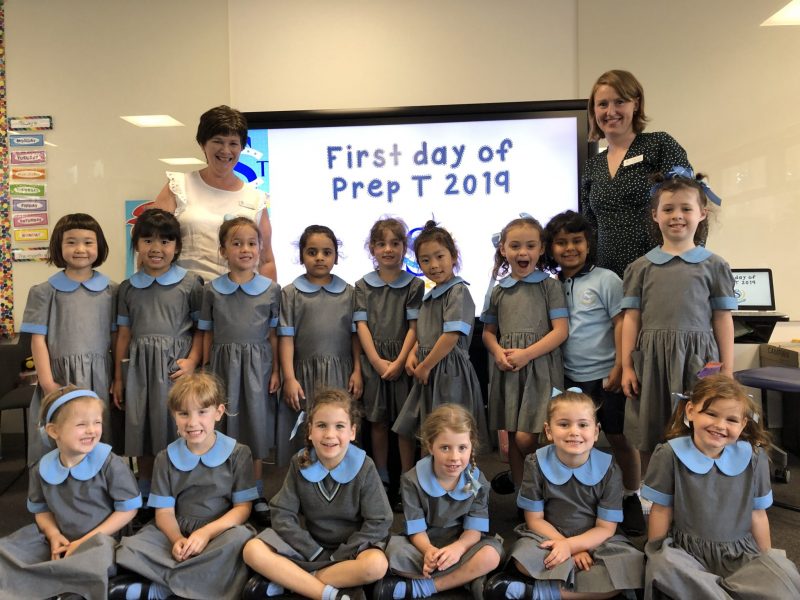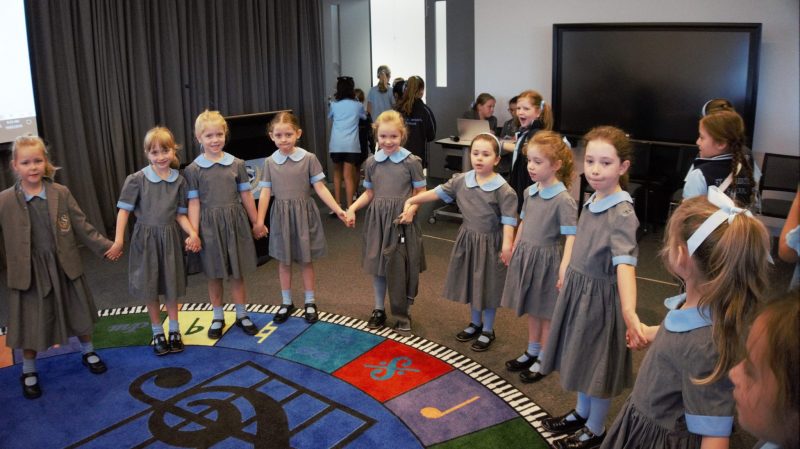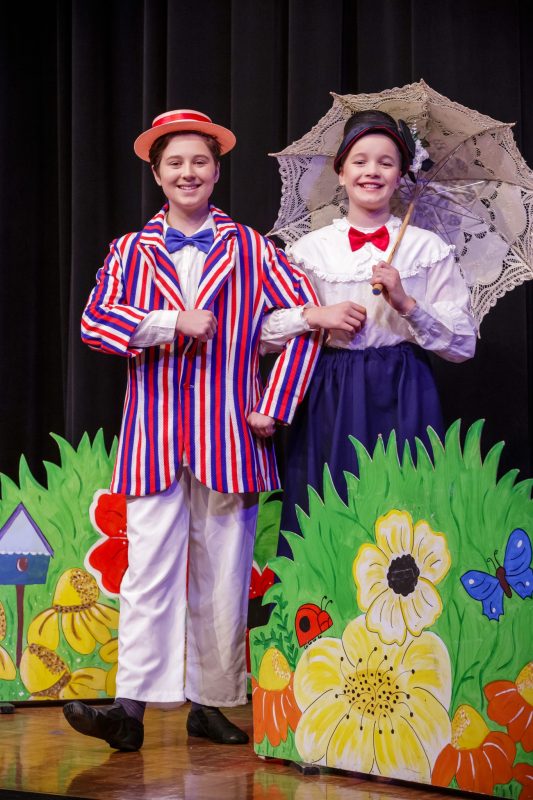Girls Getting Attention and the Right Messages
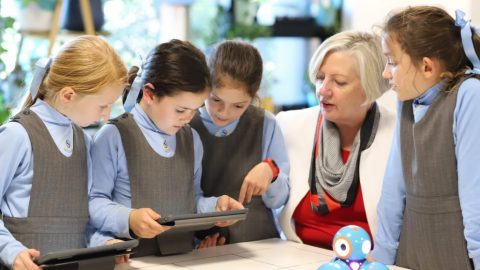
Co-authors of the book Educational Psychology, Kelvin Seifert and Rosemary Sutton (2009), state that “teachers interact with boys more often than with girls by a margin of 10 to 30%, depending on the grade level of the students and the personality of the teacher”. With most primary school classes across Australia accommodating between 27 and 30 students, in a coeducational class with an even distribution of girls and boys, one student could hope to gain the attention of a teacher one thirtieth or 3.3% of the time. However, according to Seifert and Sutton, in reality the boys are more likely to receive between 55 and 65% of the teacher’s time or between 3.6 and 4.3% individually, leaving the girls with 35 to 45% or 2.3 to 2.6% individually.
They attribute a number of possible reasons for this such as boys being more assertive, more likely to engage in ‘public’ speak, teachers believing boys are more likely to get into mischief and so pay closer attention and interact more to keep them on track, and rewarding boys for correct knowledge responses more than with girls.This form of ‘public’ speaking is more conducive to the ways in which males interact in a business-like, task-oriented way, where conversations may span a distance and be heard by all. In comparison, girls prefer the more nurturing and closer ‘private’ speak with little overhearing. This is supported by Dr David Sortino (2012) who states that “One 20-year study showed elementary and middle school boys received eight times more classroom attention than girls! When boys called out, teachers listened. But when girls called out, the female students were told to ‘raise your hand if you want to speak’”.
In contrast, girls’ schools accommodate the ways in which girls prefer to interact and with a school like St Catherine’s, which purposefully aims for small class sizes, the attention each girl receives is high. In Barbreck, class sizes average 16 students, providing each girl with more of the teacher’s attention. In observing classes, you will often see there is more personal interaction, side by side discussions occurring between the teacher and the student. This type of interaction allows girls to question, suggest and seek guidance without the fear of being overheard, allowing them to feel safe in their learning environment.

The small class sizes in Barbreck allows for more personal interaction between the student and teacher.
Teachers’ interactions with boys and girls can also have gender biases. Teachers do not intentionally have biases; as members of society they are just as likely to be preconditioned by their own upbringing and society as anyone else. However, they can and do exist. Teachers may often believe that boys may be mischievous and so monitor them closely, inadvertently paying them more attention. Seifert and Sutton (2009) found in their study that what the teachers chose to praise, overlook and criticise the students about also differed. Boys were praised for correct knowledge, overlooked for their good or compliant behaviour and incorrect knowledge, and criticised for their misbehaviours. In contrast, girls were praised for good or ‘compliant’ behaviour, overlooked for their misbehaviours and correct knowledge, and criticised for their incorrect knowledge. In other words, boys may be praised for being smart and criticised for their misbehaviours, while girls may be praised for being good and criticised for getting things wrong.
Unfortunately, this has implications for stereotyping girls and boys – girls are good and need to get things right, and boys are smart and misbehave. Once teachers know about these biases, they become more aware. In single sex schools, staff are professionally trained on gender education to ensure their students receive the ideal conditions for learning.
Single sex schools for girls are all about ensuring that girls receive attention in class, are encouraged to aim high with their learning, develop skills, and gain self-belief and a ‘can do’ attitude. These are attributes that St Catherine’s values and has purposely aimed for small class sizes to ensure.
References:
- https://courses.lumenlearning.com/suny-educationalpsychology/chapter/gender-differences-in-the-classroom/
- http://davidsortino.blogs.pressdemocrat.com/10161/when-boys-get-more-classroom-attention-than-girls/
Mid-Year Break
I would like to thank all Barbreck students, parents and teachers for their cooperation and support during Semester One. Below is a selection of photographs which showcases a few highlights from Terms 1 and 2. I wish everyone a safe and relaxing mid-year break and I look forward to seeing you all in Term 3.


